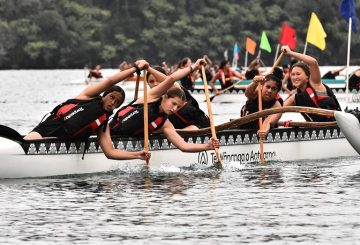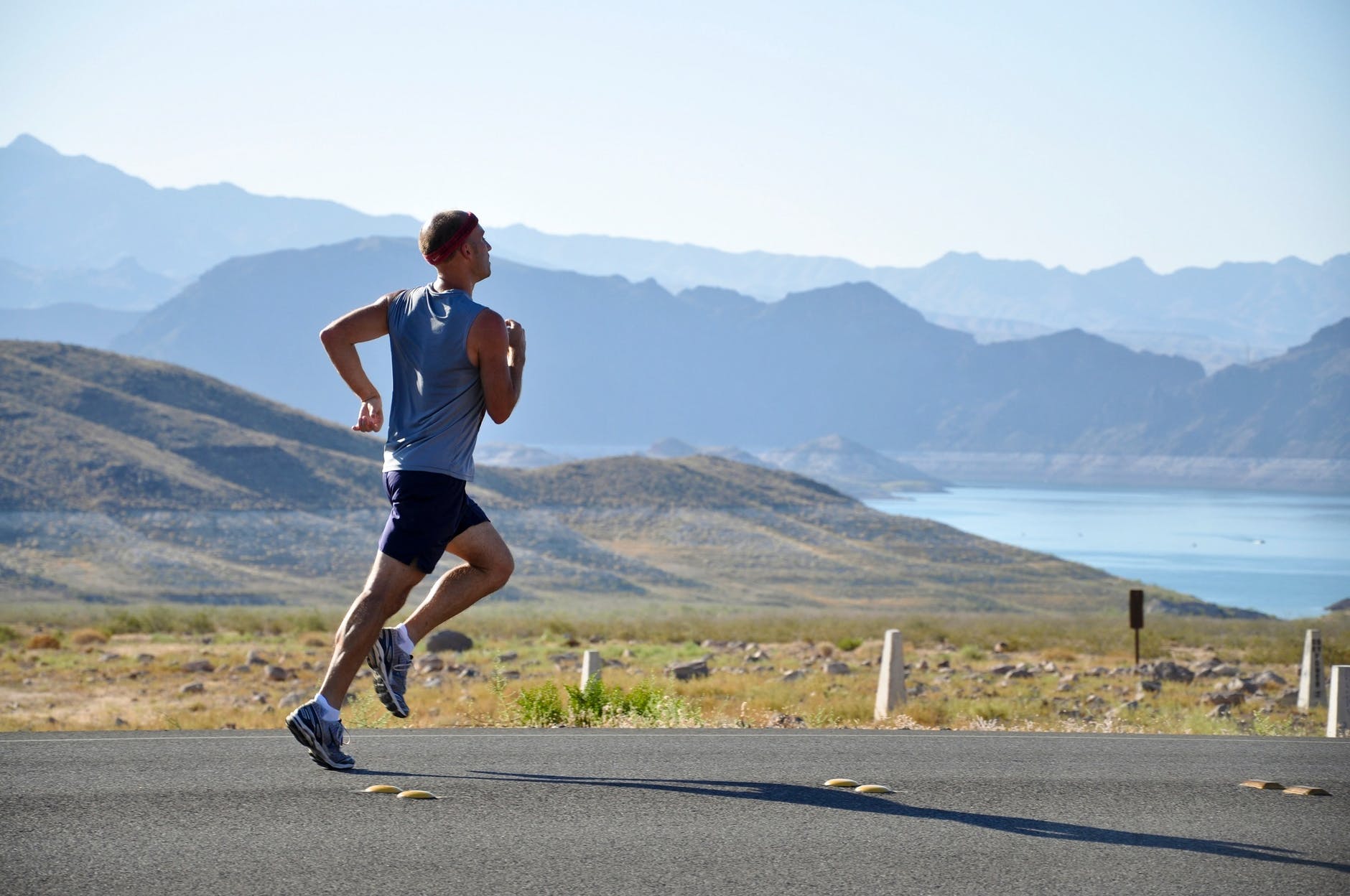Have you noticed the new ‘NO DOGS’ stickers at Pilot Bay and Main Mount Beach? These stickers are there to protect the New Zealand dotterel, a bird species with only 2,500 individuals left in the country. Mount Maunganui is a popular nesting spot for these birds, and the Tauranga community is working hard to increase their population. Keeping dogs away is a crucial part of this effort.
Mount Main Beach is also home to oyster catchers and hundreds of little blue penguins, who nest and feed amongst the rocks. Mauao and Moturiki host a colony of grey-faced petrels, which is quite remarkable considering their proximity to urban life and local cafes.
Because this area is a wildlife reserve, dogs can disturb the nesting and breeding of these protected species. As a result, the Tauranga City Council’s Animal Services team is reminding dog owners that there is a $300 fine for bringing their dogs into this wildlife protected zone. Dogs are not allowed on the dunes, grass, or boardwalk at Mount Maunganui Main Beach, nor on the grassed area or boardwalk between the road and beach at Pilot Bay.
When visiting the Mount, make sure to look out for signage indicating where dogs are and aren’t allowed. Alternatively, you can visit the Tauranga City Council website for more information. Dogs can be exercised off-leash in any park, reserve, beach, or public area across Tauranga, except in areas identified as on-leash or prohibited.
Remember, it’s our responsibility to protect our wildlife. Always have a lead with you when walking your dog and attach it if you’re approaching another dog, animal, or person. Don’t forget to bring a plastic bag to pick up after your dog.
While dogs are allowed on the cafe side of Marine Parade at Mount Main Beach, they are not allowed on the beach side of the road. There are plenty of other places in Tauranga where you can take your dog for a walk. Just be mindful of the rules and regulations to ensure the safety and well-being of our wildlife.


















































-360x245.jpg)



-660x440.jpg)